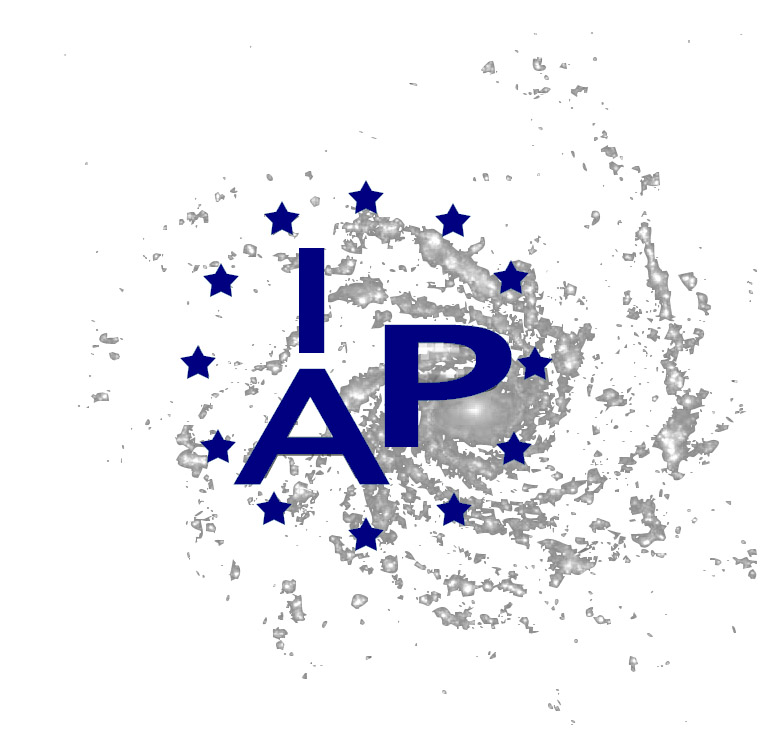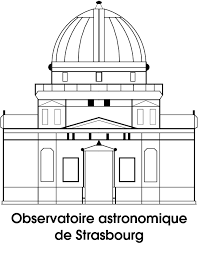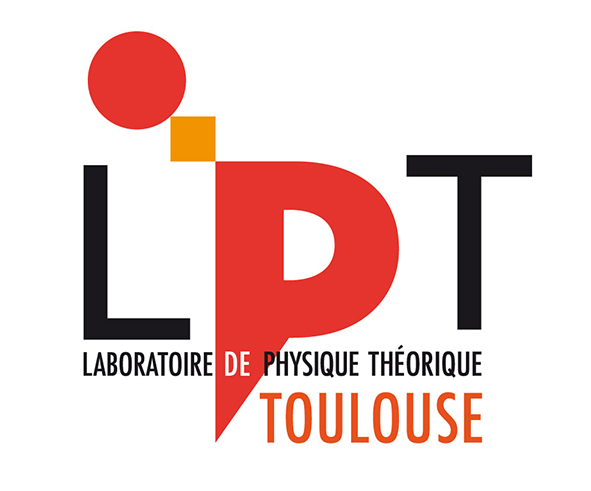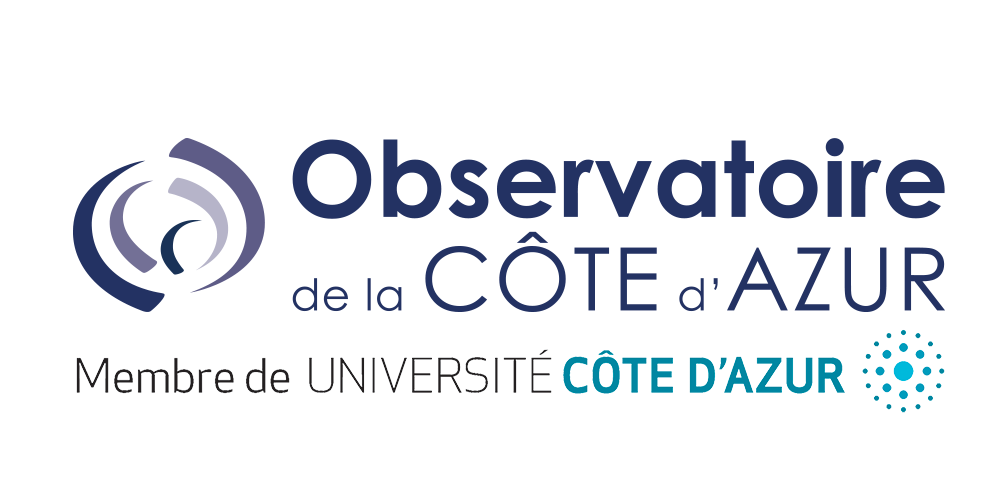People
SEGAL involves four complementary nodes led respectively by C. Pichon (Paris), P.H. Chavanis (Toulouse), B. Marcos (Nice), and B. Famaey (Strasbourg). Each node’s personnel is supplemented by external collaborators (mostly from the UK) which will contribute to the project as a whole, and to the scientific aims of that group. This structure provides the consortium with effective theoretical and observational expertise rooted in astrophysics and kinetic theory. Marcos’ group will bring his expertise in kinetic equations in the context of statistical physics and exactly solvable models, as well as expertise in modeling numerically progentiors of the MW, Famaey’s on modeling the chemo-dynamical evolution of the Milky Way with the Gaia data. Chavanis’ group will continue to provide a theoretical understanding of kinetic theory, while Pichon’s will focus on data in the vicinity of Sgr A*, and acquiring knowledge in SDE and FEM methods. The expected synergies between the four nodes will be key to reaching the milestones of the project. As a group, we aim to carry out the programme presented in this proposal via re-enforced collaboration funded by the ANR, and shared computed resources hosted by IAP.
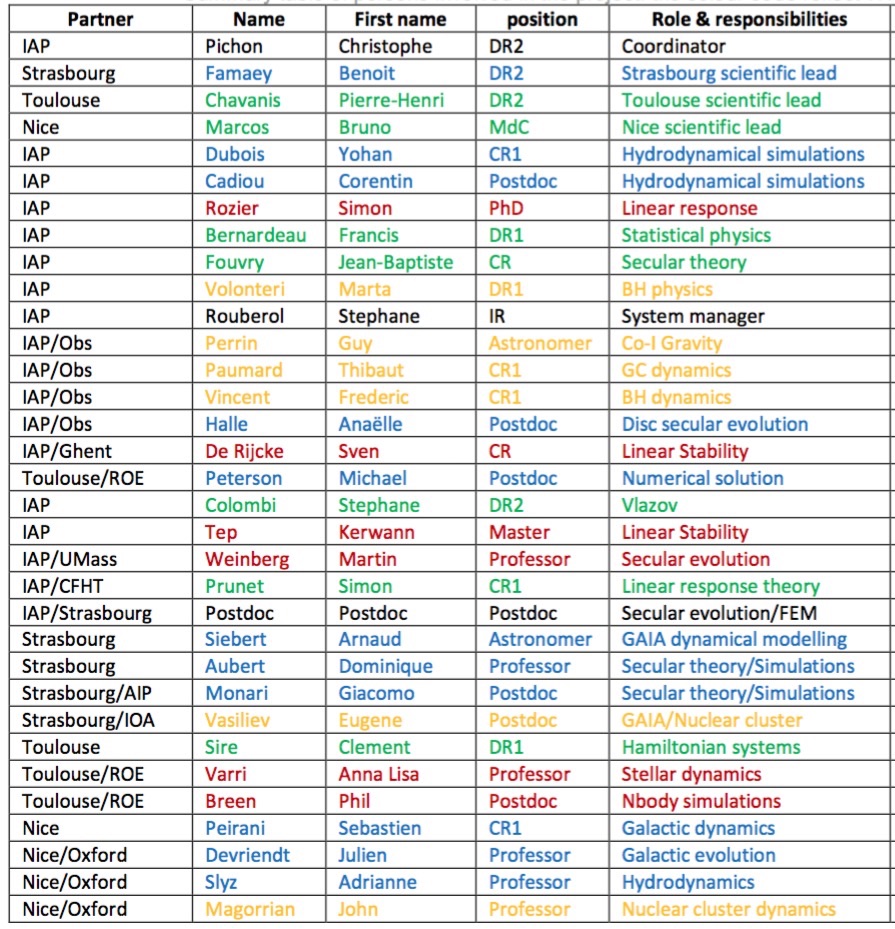
Partner 1: IAP
The PI’s group activity has focused on gravitational dynamics, with a special emphasis on the statistical characterisation of matter. They have in particular analysed the instability and secular mechanisms driving the evolution of galaxies embedded in their cosmic environment. This investigation has led them to explore the dynamics of the large-scale structure, the intergalactic and interstellar media and the secular dynamics of galaxies and black holes. They have promoted novel tools and theories to trace and understand the impact of the cosmic web in simulations and observations. They used “full-physics” cosmological simulations (Marenostrum’07, Horizon’08, Horizon-AGN’14, New Horizon’18), theoretical priors (tidal torque, excursion set…), and surveys (COSMOS, VIPERS, SDSS) to disentangle the relative effects of all these interconnected influences, to understand the acquisition of angular momentum driving the morphology of galaxies. One of the highlights of their work is a theory for conditional spin alignment (Codis+’12,15, Laigle+’15), conditional assembly bias (Musso+17’, Kraljic+18’) and cosmic web connectivity (Codis+18’). They have also worked on smaller scales on the secular evolution of stellar systems driven by discreteness and their cosmic environment. This past research reflects their recurrent focus on statistical approaches – which have been the successful backbone of large-scale structure cosmology – promoted to galactic scales, in order to follow galactic evolution over cosmic time. The astrophysical motivation is Galactic archeology/near field cosmology: to use the chemo-dynamical information encoded in extended phase space to time-reverse the history of galaxies and their host black holes and constrain dark matter. It is also of physical and formal interest, as the archetype of a stochastic anisotropic process with positive feedback loops.
Partner 2: Strasbourg
The Strasbourg’s group activity has focused on gravitational dynamics and its application to the Milky Way galaxy. Their main focus is to constrain the Milky Way gravitational potential by making use of large surveys – such as RAVE, and now Gaia and WEAVE – and by devising new creative and beyond-the-state-of-the-art theoretical tools to extract all the relevant dynamical information. At the observational level, they have detected early-on a stellar radial velocity gradient in the Galactic disk with the RAVE survey (Siebert+’11), which has been recently confirmed with the Gaia DR2 (Katz+18), and whose origin due to the effect of the Galactic bar and/or spiral arms is still heavily debated. They have also put forward the effect of bar-spiral resonance overlaps in enhancing the radial migration of stars (Minchev+’10). Recently, they developed an efficient analytical approach to quantify the effects of the Galactic bar and spirals, by computing explicit distribution functions through perturbation theory, both away from resonances (Monari+’16) and in the resonant trapping regions of phase-space (Monari+’17).
Partner 3: Toulouse
The Toulouse node is focusing on the statistical mechanics and kinetic theory of Hamiltonian and Brownian systems with long-range interactions, using analytical tools. This has led to the derivation of sophisticated kinetic equations such as the inhomogeneous Balescu-Lenard equation (Chavanis‘12), self-gravitating Brownian particles (Chavanis+’02), and toy-models such as the Hamiltonian Mean Field models. Another activity of this group concerns the structure of dark matter halos as a possible solution to the cusp-core problem, and proposing as alternatives to the supermassive black holes that are purported to exist at the centers of galaxies. Phase transitions and instabilities such as the gravothermal catastrophe have also been studied both in Newtonian and General Relativity. The Scotts bring established expertise on the dynamics of collisional stellar systems and related applications to the astrophysics of globular clusters and high-performance computing (direct-summation N-body simulations on GPUs). Novel themes explored in a collaborative fashion, include the theoretical exploration of 'kinematic complexity' in stellar and fluid systems, with attention to linear stability and long-term evolution. More recent collaborations on the kinetic theory of self-gravitating discs, spheres and nuclear clusters (vector resonant relaxation) continues to lead to fruitful collaborations with IAP.
Partner 4: Nice
The Nice node is split between Laboratory J.A. Dieudonné – devoted to the research on Mathematics and Theoretical Physics, and Observatoire de Nice – focused on astronomy. The former brings an expertise on kinetic theory, statistical physics and applied mathematics in general, for example in the context of the HMF model (Benetti+17), which will be important to tackle the ambitious theoretical goals of the collaboration. The latter brings expertise on numerical methods, hydrodynamical simulations of the Galaxy, and direct expertise in GAIA data. They work on different aspects of large scale structure formation in cosmology, formation and evolution of galaxies, self-gravitating systems, within a statistical physics perspective of simple and / or exactly solvable models. Peirani’s group at the Observatoire (together with Dubois at IAP) are key players in modelling numerically MilkyWay-like galaxies in a cosmological context (they were granted ~40 Mhrs of CPU in this context in France, the UK and Korea).
